Beluvian Jackrabbit
A semiaquatic hare that is the national symbol of Belu, Anvil.
Tourists love to buy small trinkets of them such as floating rubber toys, or the more traditional jackrabbit souvenirs with wooden cooking spoons for ears and bodies made of intricately twined rope (a symbol of Belu's major industry).
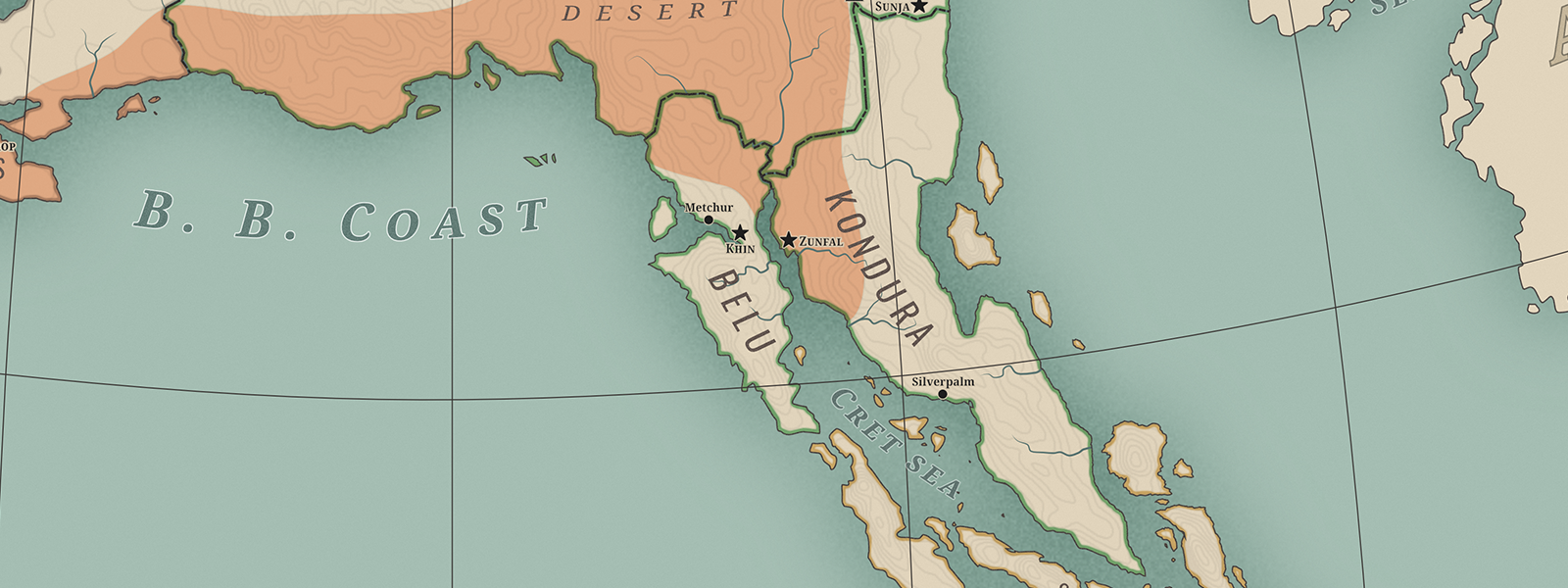
Biology
Beluvian jackrabbits are swift runners on land and expert swimmers and divers.They have a transparent third eyelid that protects their eyes when swimming, and their back feet have webbing that helps with propulsion under water. They continually groom their sleek fur by rubbing oil-secreting glands near their cheeks (which many folks find unbearably adorable to watch) and they use their forepaws to rub the oil all over their face and ears before brushing it along the rest of their fur to waterproof it and keep it soft and clean. Beluvian jackrabbits live in simple dens dug into the sand banks and cliffs slopes and do not usually live in large groups.
Adults have their own territories which are scent marked near their den entrance, regular trails, and favourite scavenging spots. They are omnivorous and use their strong incisors to pry mussels and limpets off of the rocks. They keep the ecosystem balanced by gnawing upon easy pickings of invasive sea urchins.
Reproduction
Beluvian jackrabbits are skittish in nature, unless it's spring time. During mating season, both sexes become highly competitive and can be seen "boxing" other rivals to fight for dominance and the right to breed, using their paws to strike at the other's face and ears. This behaviour (along with their reputation for frenzied reproduction) has given rise to several Beluvian idioms such has "daft as a Dawnturn hare" and "at it like Beluvian jackrabbits". Females typically rear three or four litters per year, each resulting in two to four babies. The young jackrabbits (called leverets) are born fully furred and with eyes open, and are able to fend for themselves soon after birth.Natural Predators
Aside from the local folk that hunt them, Beluvian jackrabbits are preyed upon by the mountain hawks and wildcats of the highland regions of the peninsula. They use their speed and agility to outrun most threats, but it's their semiaquatic nature that lets the jackrabbits thrive as they can make secret tunnels accessible only via water to their dens.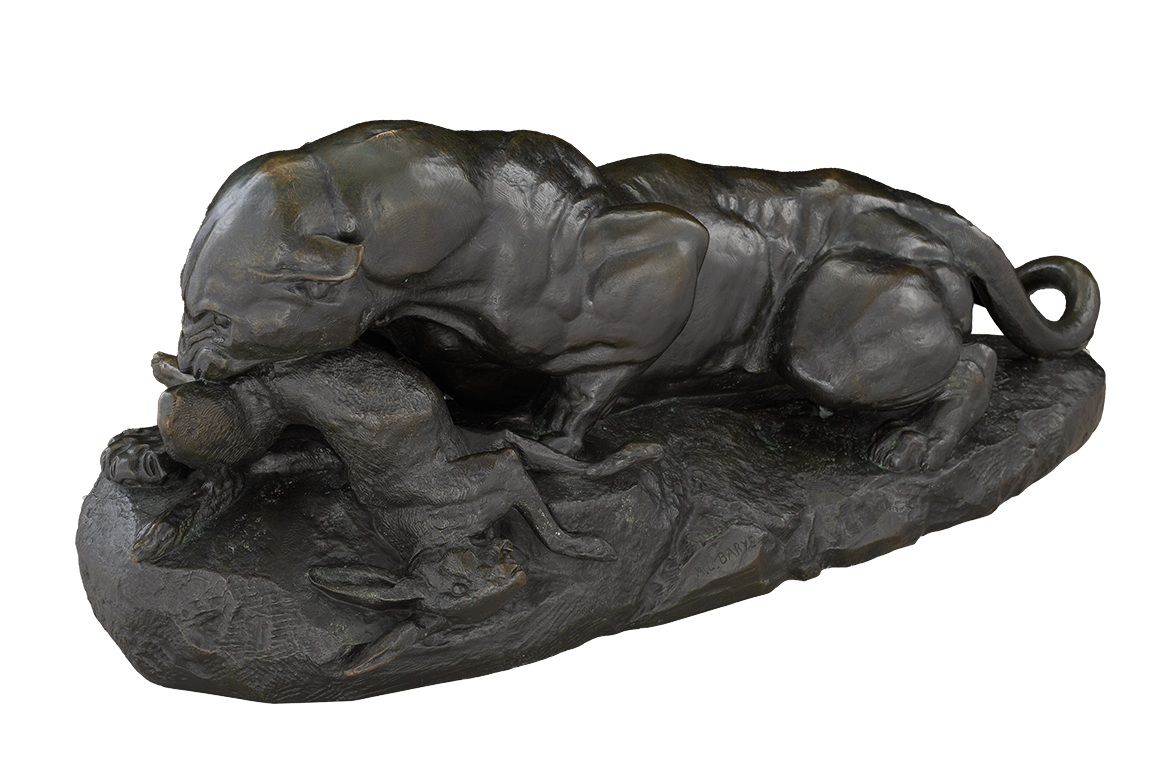
Culinary Delights
Beluvian jackrabbits have not been domesticated and are hunted for their meat.This is one of the most staple food sources in the peninsula and features in the majority of traditional Beluvian dishes such as "rabbit roasts", warming stews, curried kebabs, and spicy wraps, many of which are often served with unusual accompaniments like seaweed or mussels, which typically associated with other coastal cuisines in Anvil. Nothing goes to waste on the hare - the offcuts and offal go into minced meat for sausages or are used in pâtés, and the blood is used for making rich savoury stocks and gravies.
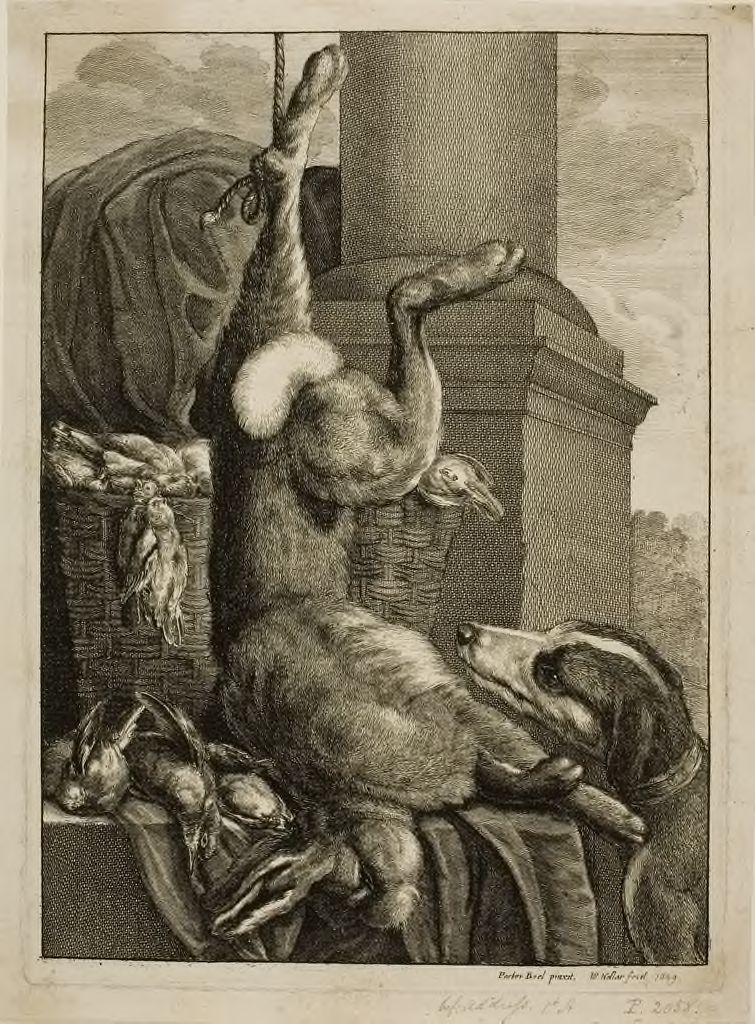
80 km/h (50 mph) over short distances
55 km/h (35 mph) over longer distances
Swim Speed
8 km/h (5 mph)
Jump Distance
3 m (10 ft)


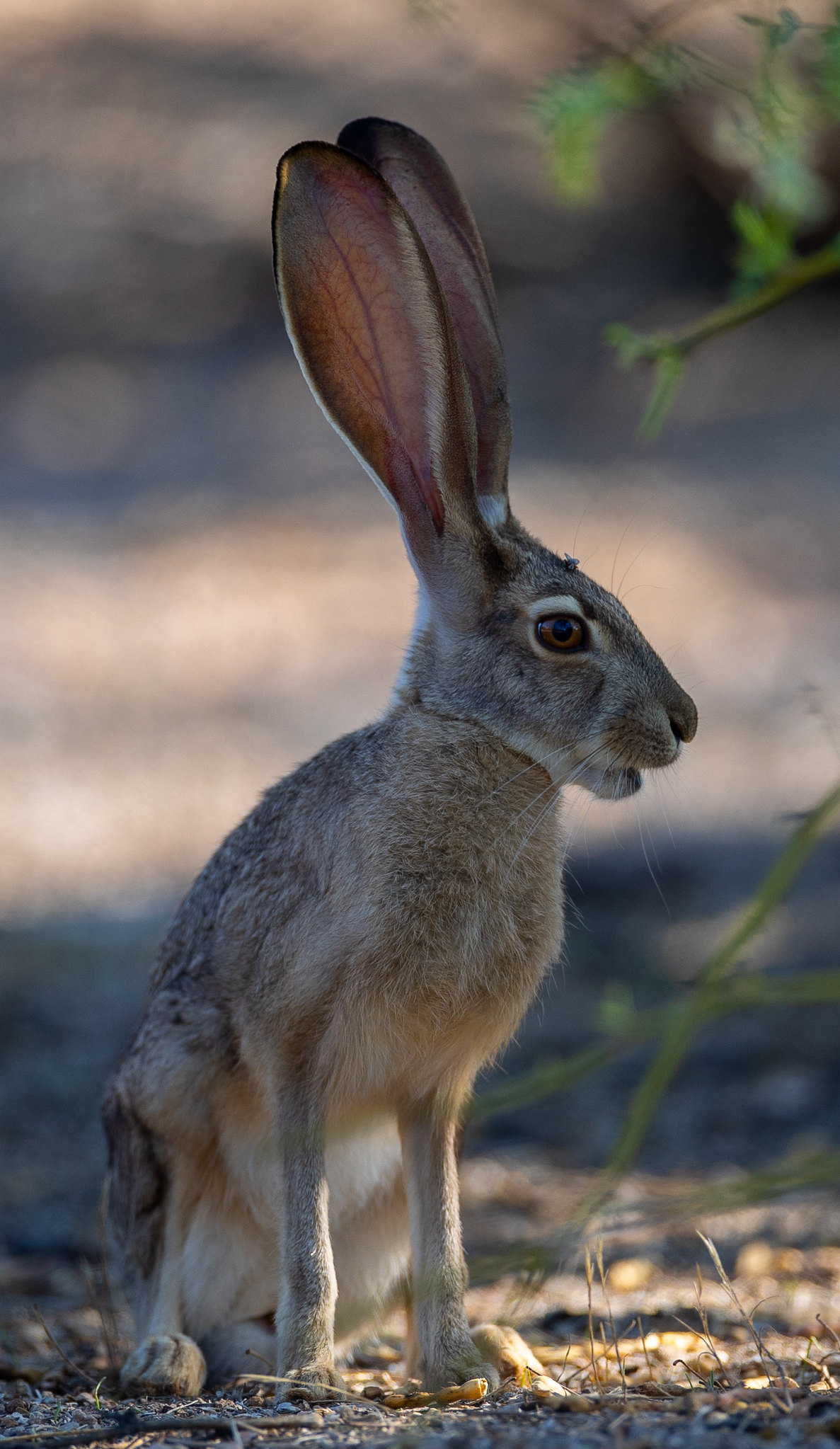
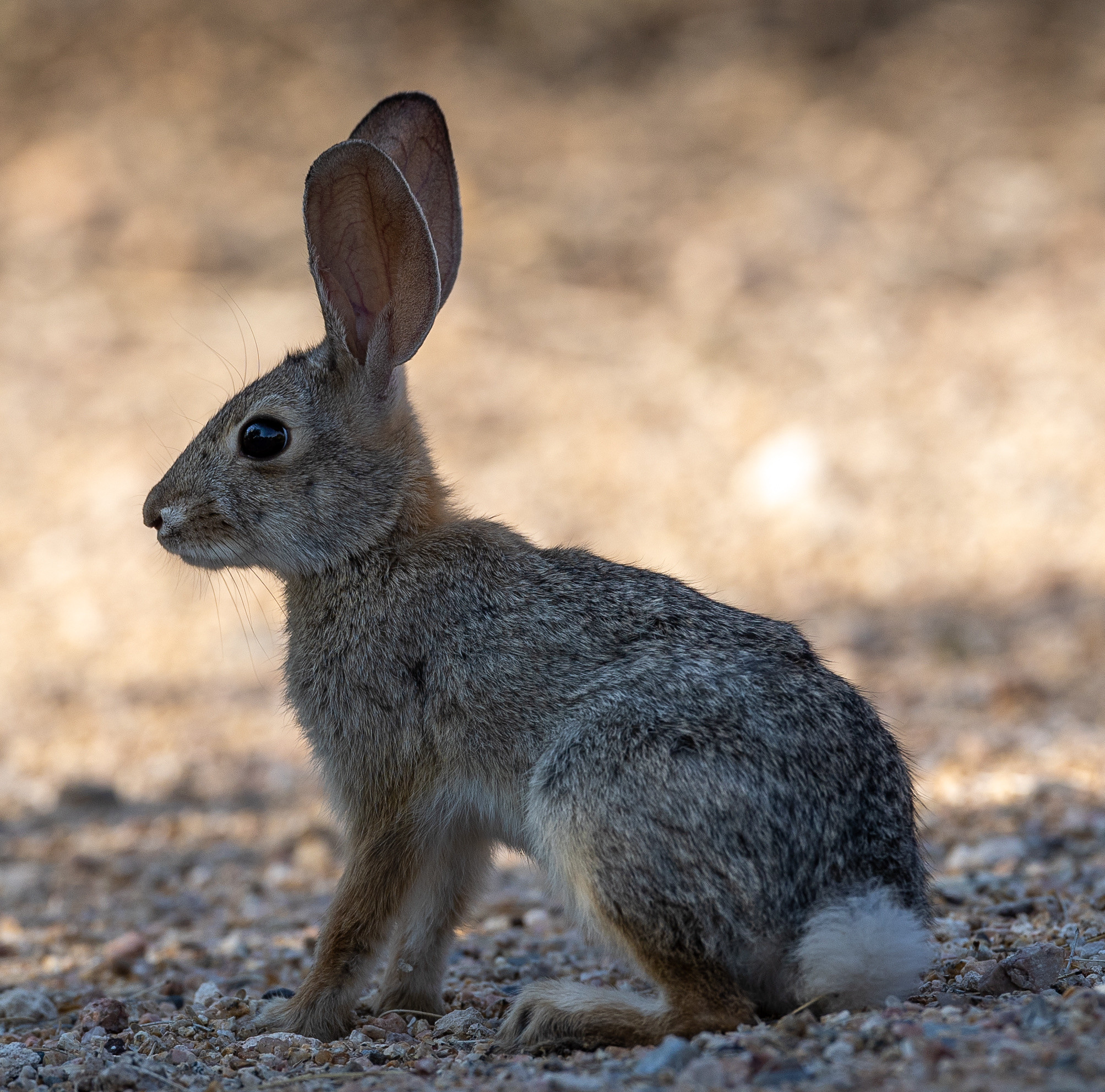







Can someone, ipothetically speaking, use a Beluvian wooden spoon to tenderize a jackrabbit?
Hypothetically and practically yes they could! Beluvians would in fact argue that spoons are less damaging to the meat in comparison to the usual mallets and hammers used in other regions of Anvli to tenderise the meat.
or Anvil* even! (curse my typos!)
They have a fair point, there.